Home>Garden Essentials>How Is Xeriscaping With Native Plants More Sustainable Than Traditional Landscaping
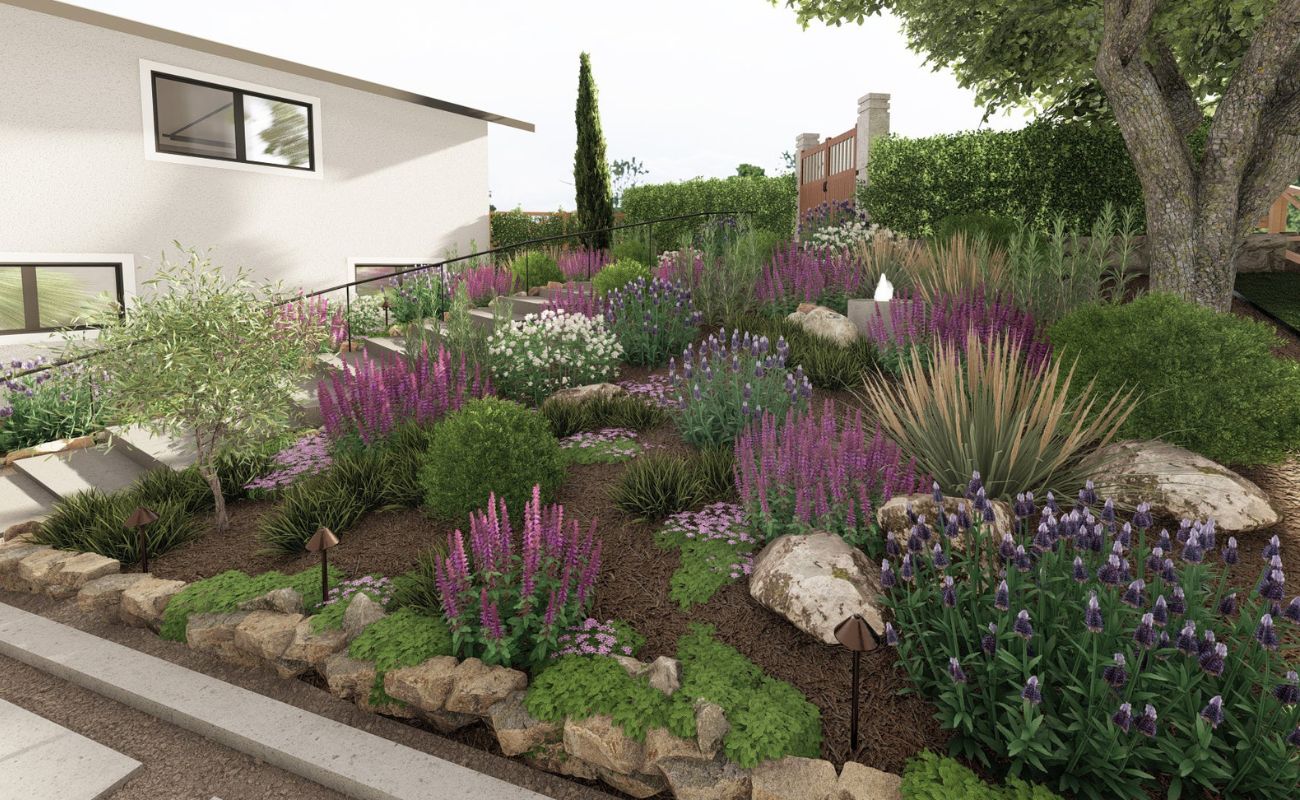

Garden Essentials
How Is Xeriscaping With Native Plants More Sustainable Than Traditional Landscaping
Modified: March 7, 2024
Discover the sustainable benefits of xeriscaping with native plants in your garden. Save water, reduce maintenance, and support local biodiversity.
(Many of the links in this article redirect to a specific reviewed product. Your purchase of these products through affiliate links helps to generate commission for Storables.com, at no extra cost. Learn more)
Introduction
Xeriscaping with native plants has become increasingly popular in recent years, and for good reason. Traditional landscaping practices often require excessive water usage, chemical fertilizers, and frequent maintenance. These practices can have detrimental effects on the environment, as well as drain resources and increase costs for homeowners.
Xeriscaping, on the other hand, is a sustainable landscaping approach that focuses on water conservation, using drought-tolerant plants, and designing landscapes that require minimal maintenance. When combined with native plants, xeriscaping becomes an even more powerful tool for creating beautiful and eco-friendly outdoor spaces.
In this article, we will explore the benefits of xeriscaping with native plants and why it is a more sustainable alternative to traditional landscaping. We will delve into the environmental impacts of traditional landscaping practices, the specific advantages of using native plants, and how xeriscaping with native plants can conserve water, reduce the need for chemicals, and support local ecosystems.
So, whether you are a homeowner looking to transform your outdoor space or a gardener interested in sustainable practices, read on to discover the many advantages of xeriscaping with native plants!
Key Takeaways:
- Xeriscaping with native plants conserves water, reduces maintenance, and supports local ecosystems, offering a sustainable and eco-friendly alternative to traditional landscaping practices.
- By using drought-tolerant native plants, xeriscaping minimizes water usage, reduces the need for chemicals, and creates a vibrant, low-maintenance landscape that benefits both homeowners and the environment.
Benefits of Xeriscaping
Xeriscaping offers numerous benefits compared to traditional landscaping practices. Here are some of the top advantages:
- Water Conservation: One of the primary benefits of xeriscaping is its ability to conserve water. Traditional landscaping often requires regular irrigation, leading to excessive water usage. Xeriscaping, on the other hand, emphasizes the use of drought-tolerant plants and incorporates water-saving techniques such as drip irrigation and mulching. By reducing water consumption, xeriscaping helps to preserve this valuable resource, especially in regions prone to drought.
- Lower Maintenance: Traditional landscaping can be labor-intensive, requiring frequent mowing, pruning, and fertilizing. With xeriscaping, the use of low-maintenance native plants and thoughtful design can greatly reduce the amount of time and effort needed for upkeep. This not only saves homeowners time but also reduces the need for powered tools and reduces noise pollution.
- Cost Savings: Xeriscaping can lead to significant cost savings over time. By minimizing water usage and reducing maintenance needs, homeowners can enjoy lower utility bills and spend less on lawn care services. Additionally, xeriscaping with native plants often requires less fertilizer and pesticides, further reducing expenses. While there may be some upfront costs associated with transitioning to a xeriscape, the long-term savings are well worth it.
- Enhanced Resilience: Xeriscaping with native plants promotes the use of species that are adapted to the local climate and soil conditions. These plants are more resistant to pests and diseases and are better equipped to withstand extreme weather events, such as heatwaves and droughts. By utilizing plants that are already adapted to the area, xeriscaping creates a more resilient landscape that is less susceptible to damage and stress.
Overall, xeriscaping offers a range of benefits that go beyond just conserving water. It provides a sustainable and visually appealing alternative to traditional landscaping, with lower maintenance requirements, cost savings, and increased resilience to environmental challenges. The next section will delve into the specific advantages of using native plants in the xeriscaping process.
Benefits of Using Native Plants
When it comes to xeriscaping, incorporating native plants into the landscape design provides numerous benefits. Native plants are species that naturally occur in a particular region and have evolved to thrive in the local climate, soil conditions, and ecosystem. Here are some of the top advantages of using native plants:
- Drought Tolerance: Native plants have adapted to the local climate and are well-suited to withstand periods of drought. They have deep root systems that can access water from lower soil layers and are more efficient at water uptake and retention. By using native plants in xeriscaping, homeowners can create landscapes that are resilient and can withstand water scarcity without the need for excessive irrigation.
- Low Maintenance: Native plants have evolved to thrive in their specific ecosystems, which means they require less maintenance compared to exotic or non-native species. They are naturally adapted to the local soils and climate, reducing the need for fertilizers, pesticides, and other chemicals. Native plants also tend to be more disease and pest resistant, further reducing the need for intervention. This low-maintenance aspect of native plants makes them ideal for xeriscaping, where minimizing maintenance is a priority.
- Biodiversity and Ecosystem Support: Native plants play a crucial role in supporting local biodiversity and ecosystems. They provide habitat and food sources for native wildlife, including birds, bees, butterflies, and other pollinators. By incorporating native plants into your xeriscape, you are creating a garden that is part of the larger ecological network and contributing to the conservation of local species and ecosystems.
- Preserving Genetic Diversity: Native plants showcase the genetic diversity of a region and play a vital role in preserving unique genetic traits. By using native plants in your xeriscape, you are helping to protect and preserve the local genetic diversity, which could be important for maintaining the resilience and adaptability of plant populations in the face of environmental changes.
- Aesthetically Pleasing: Native plants have a unique beauty and charm that can enhance the overall aesthetics of your xeriscape. They come in a wide array of colors, textures, and forms, allowing you to create an attractive and visually appealing landscape design. Additionally, native plants often have cultural significance or historical relevance to the region, adding a sense of place and connection to the land.
By using native plants in xeriscaping, you are not only creating a sustainable and water-efficient landscape, but also supporting the local environment and its biodiversity. The next section will explore the comparison between xeriscaping with native plants and traditional landscaping practices.
Comparison of Xeriscaping and Traditional Landscaping
Xeriscaping and traditional landscaping represent two distinct approaches to outdoor design and maintenance. Let’s compare the key features of each:
Xeriscaping:
Xeriscaping, as previously mentioned, focuses on sustainable practices that conserve water and reduce maintenance. Here are some of its defining characteristics:
- Water Efficiency: Xeriscaping emphasizes water conservation through the use of drought-tolerant plants, efficient irrigation systems like drip irrigation, and mulching techniques. This significantly reduces water usage compared to traditional landscaping, which often relies heavily on regular watering.
- Native Plants: Xeriscaping encourages the use of native plants that are well-adapted to the local climate and soil conditions. Native plants require less water, fertilizer, and pesticide inputs, as they have evolved to thrive in their specific ecosystem.
- Lower Maintenance: With careful planning and the selection of low-maintenance plants, xeriscaping reduces the amount of time and effort needed for upkeep. This is in contrast to traditional landscaping, which often demands regular mowing, pruning, and fertilization.
- Environmental Sustainability: Xeriscaping aligns with sustainable principles by minimizing water consumption, reducing chemical usage, conserving resources, and supporting local ecosystems. It promotes a more environmentally responsible approach to landscaping, which is essential for the long-term health of our planet.
Traditional Landscaping:
Traditional landscaping, on the other hand, follows conventional practices that may not prioritize water conservation or environmental sustainability. Here are some key characteristics of traditional landscaping:
- Water Intensive: Traditional landscaping often relies on regular irrigation, resulting in excessive water consumption. This can strain water resources and contribute to water scarcity issues, especially in regions with limited water supply or in times of drought.
- Non-Native Species: Traditional landscapes often feature exotic or non-native plants that may require more water, fertilizer, and chemical inputs to thrive in the local environment. These plants may not be well-adapted to the climate and soil conditions of the area, leading to increased maintenance needs.
- High Maintenance: Traditional landscaping typically demands regular maintenance tasks, such as mowing, edging, trimming, and fertilizing. These activities not only require time and effort but also contribute to noise pollution, greenhouse gas emissions, and the use of power tools.
- Chemical Usage: Traditional landscaping may rely heavily on chemical fertilizers, pesticides, and herbicides to maintain the lush appearance of lawns and plants. This can have negative impacts on water quality, wildlife, and human health, as these chemicals can leach into groundwater or run off into nearby water bodies.
When comparing xeriscaping with traditional landscaping, it becomes clear that xeriscaping offers a more sustainable and environmentally-friendly approach. By adopting xeriscaping principles and incorporating native plants, homeowners can create beautiful landscapes that not only conserve water but also support local ecosystems and require less maintenance. The next section will delve into the environmental impacts of traditional landscaping practices.
Environmental Impacts of Traditional Landscaping
Traditional landscaping practices can have significant negative impacts on the environment. Here are some of the key environmental concerns associated with traditional landscaping:
- Water Waste: Traditional landscaping often requires regular irrigation, leading to excessive water usage. This puts a strain on local water resources, especially in areas facing water scarcity or drought conditions. Over-watering lawns and plants can also contribute to water runoff and erosion, further impacting water quality and ecosystems.
- Chemical Pollution: Traditional landscaping often relies on the use of chemical fertilizers, pesticides, and herbicides to maintain the appearance of lawns and plants. These chemicals can seep into groundwater or run off into nearby water bodies, polluting water sources and harming aquatic life. Additionally, the use of synthetic fertilizers can contribute to nutrient imbalances and algae blooms in bodies of water.
- Loss of Biodiversity: Traditional landscaping practices often prioritize non-native plants that may not provide sufficient habitat or food sources for local wildlife. This can lead to a decline in biodiversity and negatively impact pollinators, birds, and other wildlife species. The loss of biodiversity can disrupt ecosystems and reduce the resilience of natural habitats.
- Soil Erosion: Traditional landscaping, particularly when lawns are extensively maintained, often requires the use of mowers and other machinery. These heavy machines can compact the soil, reducing its ability to absorb water and increasing the risk of soil erosion. Soil erosion contributes to sediment deposition in water bodies, which can harm aquatic ecosystems and impair water quality.
- Carbon Footprint: Traditional landscaping practices such as mowing, pruning, and the use of powered tools contribute to noise pollution and greenhouse gas emissions. Gas-powered lawnmowers, for example, emit carbon dioxide and other pollutants into the atmosphere. The carbon footprint associated with the maintenance of traditional landscapes can contribute to climate change and air pollution.
These environmental impacts highlight the need for more sustainable alternatives like xeriscaping with native plants. By transitioning away from traditional landscaping practices, homeowners can reduce water waste, minimize chemical pollution, support biodiversity, prevent soil erosion, and lower their carbon footprint. The next section will explore the environmental benefits of xeriscaping with native plants.
Environmental Benefits of Xeriscaping with Native Plants
Xeriscaping with native plants offers a multitude of environmental benefits. By combining water-efficient practices with the use of locally adapted species, xeriscaping promotes sustainability and supports the natural environment. Here are some of the key environmental advantages:
- Water Conservation: Xeriscaping with native plants is designed to minimize water usage. Native plants are adapted to the local climate and require less water than non-native species. Their deep root systems can access water from lower soil layers, reducing the need for supplemental irrigation. By conserving water, xeriscaping helps alleviate strain on water resources, particularly in regions prone to drought and water scarcity.
- Habitat Preservation: The use of native plants in xeriscaping helps preserve and enhance local habitats. Native plants provide valuable food and shelter for native wildlife, including pollinators, birds, and butterflies. By incorporating these plants into the landscape, xeriscaping creates a biodiverse and thriving ecosystem that supports a wide range of species.
- Reduction of Chemical Usage: Native plants are well-adapted to the local environment, making them naturally resistant to pests and diseases. By using native plants in xeriscaping, homeowners can reduce their reliance on synthetic pesticides and herbicides. This contributes to improved water quality and a healthier environment for both humans and wildlife.
- Soil Health and Erosion Prevention: Native plants have extensive root systems that help improve soil structure and prevent erosion. Their deep roots anchor the soil, reducing the risk of runoff and soil erosion. This helps maintain soil health, carbon sequestration, and the overall stability of the ecosystem.
- Energy Savings: Xeriscaping with native plants requires less maintenance than traditional landscaping. With reduced mowing, pruning, and trimming needs, homeowners can save energy and reduce the carbon footprint associated with powered tools and equipment. This contributes to a more sustainable and eco-friendly outdoor space.
Overall, xeriscaping with native plants not only conserves water and reduces the use of chemicals but also supports biodiversity, improves soil health, and saves energy. By adopting these practices, homeowners can play a crucial role in preserving the environment and creating a sustainable landscape. Next, we will explore water conservation in xeriscaping.
Xeriscaping with native plants is more sustainable than traditional landscaping because native plants require less water, fertilizer, and maintenance, and provide habitat for local wildlife.
Water Conservation in Xeriscaping
Xeriscaping is a landscaping approach that prioritizes water conservation. By implementing water-efficient practices and utilizing native plants, xeriscaping significantly reduces water usage compared to traditional landscaping methods. Here are some key strategies for water conservation in xeriscaping:
- Drought-Tolerant Native Plants: Selecting native plant species that are adapted to the local climate and soil conditions is essential for water conservation in xeriscaping. Native plants have evolved to withstand periods of drought and require minimal irrigation once established. These plants have deep root systems that can access water from lower soil layers and are naturally more efficient in water usage.
- Efficient Irrigation Systems: Xeriscaping often incorporates efficient irrigation systems, such as drip irrigation or soaker hoses. These systems deliver water directly to the root zone of plants, minimizing water loss due to evaporation or runoff. Unlike traditional sprinkler systems, which can waste water by spraying it over large areas, drip irrigation focuses water where it is needed and reduces water consumption.
- Mulching: Mulching is another important practice in water conservation. Applying a layer of mulch around plants helps retain moisture in the soil, reducing the need for frequent watering. Mulch also acts as a barrier, reducing soil evaporation and keeping the soil temperature more consistent.
- Watering Techniques: Proper watering techniques can enhance water conservation in xeriscaping. It is best to water early in the morning or late in the evening when evaporation is minimal. Watering deeply and less frequently promotes deeper root growth, making plants more resilient and less dependent on frequent watering.
- Smart Design and Plant Placement: Thoughtful landscape design can also contribute to water conservation. Grouping plants with similar water needs together allows for more efficient watering. Additionally, incorporating features like rain gardens or bioswales can help capture and retain rainwater, reducing the need for supplemental irrigation.
By incorporating these water conservation strategies into xeriscaping, homeowners can significantly reduce water usage in their landscapes. This not only conserves water resources but also helps mitigate the effects of drought and promotes sustainable gardening practices.
Next, we will explore how xeriscaping with native plants reduces the need for chemicals and fertilizers.
Read more: What Is Xeriscaping Landscaping
Reduced Need for Chemicals and Fertilizers
Xeriscaping with native plants offers the advantage of reducing the need for chemicals and fertilizers in landscaping. Native plants have evolved to thrive in the local environment, making them naturally more resistant to pests and diseases. Here are some reasons why xeriscaping with native plants minimizes the need for chemical inputs:
- Natural Resistance: Native plants have developed natural defense mechanisms that make them more resistant to local pests and diseases. They have adapted to the climate, soil conditions, and wildlife, leading to a stronger resistance to common problems. This reduces the need for synthetic pesticides and insecticides, minimizing chemical usage in the landscape.
- Ecosystem Balance: Native plants support a diverse range of beneficial insects and wildlife that help maintain a balanced ecosystem. These beneficial insects, such as ladybugs or lacewings, prey on harmful pests, keeping their populations in check. By promoting a healthy and diverse ecosystem in xeriscaping with native plants, the need for chemical interventions to control pests is reduced.
- Soil Improvement: Native plants are well-suited to the local soil conditions, reducing the need for fertilizers. They have root structures that enhance soil health by improving aeration, nutrient cycling, and water infiltration. As a result, the soil becomes more fertile, reducing the need for additional synthetic fertilizers.
- Organic Practices: Xeriscaping with native plants often aligns with organic gardening principles. Using organic mulch, compost, and natural amendments can provide the necessary nutrients for plant growth without the need for chemical fertilizers. Organic practices promote healthier plants and soil, creating a sustainable and chemical-free landscape environment.
By reducing the need for chemicals and fertilizers, xeriscaping with native plants offers numerous benefits. It helps maintain water quality by minimizing the run-off of harmful chemicals into waterways, reduces the risk of chemical exposure to humans and wildlife, and promotes a more balanced and natural ecosystem. The next section will explore how xeriscaping with native plants supports local ecosystems.
Supporting Local Ecosystems
Xeriscaping with native plants plays a crucial role in supporting local ecosystems by creating habitats and providing food sources for native flora and fauna. Here’s how xeriscaping supports and enhances local ecosystems:
- Habitat Creation: Native plants are naturally adapted to the local environment, providing essential habitat elements for local wildlife. By incorporating native plants into xeriscaping, homeowners are creating a welcoming environment for birds, butterflies, bees, and other pollinators. These plants offer shelter, nesting sites, and food sources, enabling a diverse range of species to thrive.
- Pollinator Support: Xeriscaping with native plants benefits pollinators, such as bees and butterflies, which are vital for plant reproduction and the health of ecosystems. Native plants have coevolved with native pollinators, meaning they have developed mutually beneficial relationships. By selecting native plants that produce nectar-rich flowers, homeowners can attract and support native pollinators, contributing to the pollination of local plants and the maintenance of biodiversity.
- Enhanced Biodiversity: Native plants are a crucial component of healthy ecosystems. They provide the necessary food and habitat for a wide range of wildlife species, including insects, birds, mammals, and amphibians. By incorporating a variety of native plants in xeriscaping, homeowners create a diverse and vibrant landscape that supports a rich array of species, contributing to the overall biodiversity of the area.
- Reduced Invasive Species: Xeriscaping with native plants helps reduce the spread of invasive species that can outcompete and disrupt native ecosystems. Native plants are well-adapted to the local environment and can outcompete invasive species, minimizing their impact on the ecosystem. By promoting the use of native plants in xeriscaping, homeowners can contribute to the preservation of local plant communities and ecological balance.
By supporting local ecosystems through xeriscaping with native plants, homeowners can actively contribute to the conservation of biodiversity, create habitats for native wildlife, and promote the health and sustainability of their surrounding environment. Next, let’s summarize the key points discussed in this article.
Conclusion
Xeriscaping with native plants offers a sustainable and environmentally-friendly alternative to traditional landscaping practices. By prioritizing water conservation, reducing the need for chemicals and fertilizers, and supporting local ecosystems, xeriscaping with native plants provides a range of benefits for homeowners and the environment.
Through water-efficient practices like drip irrigation, mulching, and appropriate plant selection, xeriscaping minimizes water usage and helps address water scarcity issues. By using drought-tolerant native plants, homeowners can create beautiful landscapes that require less maintenance and have a lower carbon footprint.
Incorporating native plants in xeriscaping enhances biodiversity, providing food and shelter for native wildlife, supporting pollinators, and reducing the spread of invasive species. This promotes a healthier and more balanced ecosystem, contributing to the conservation of local plant species and ecological stability.
Furthermore, xeriscaping with native plants reduces the need for chemicals and fertilizers, minimizing chemical pollution and protecting water quality. This benefits both humans and wildlife by creating a safer, healthier, and more sustainable outdoor environment.
In conclusion, xeriscaping with native plants is an excellent way to create beautiful, low-maintenance landscapes while also conserving water resources, supporting local ecosystems, and reducing the environmental impacts of traditional landscaping practices. Whether you are a homeowner looking to transform your outdoor space or a gardener interested in sustainable practices, xeriscaping with native plants is a smart and eco-friendly choice.
So start embracing xeriscaping with native plants today and take part in creating a more environmentally sustainable and beautiful world.
Frequently Asked Questions about How Is Xeriscaping With Native Plants More Sustainable Than Traditional Landscaping
Was this page helpful?
At Storables.com, we guarantee accurate and reliable information. Our content, validated by Expert Board Contributors, is crafted following stringent Editorial Policies. We're committed to providing you with well-researched, expert-backed insights for all your informational needs.
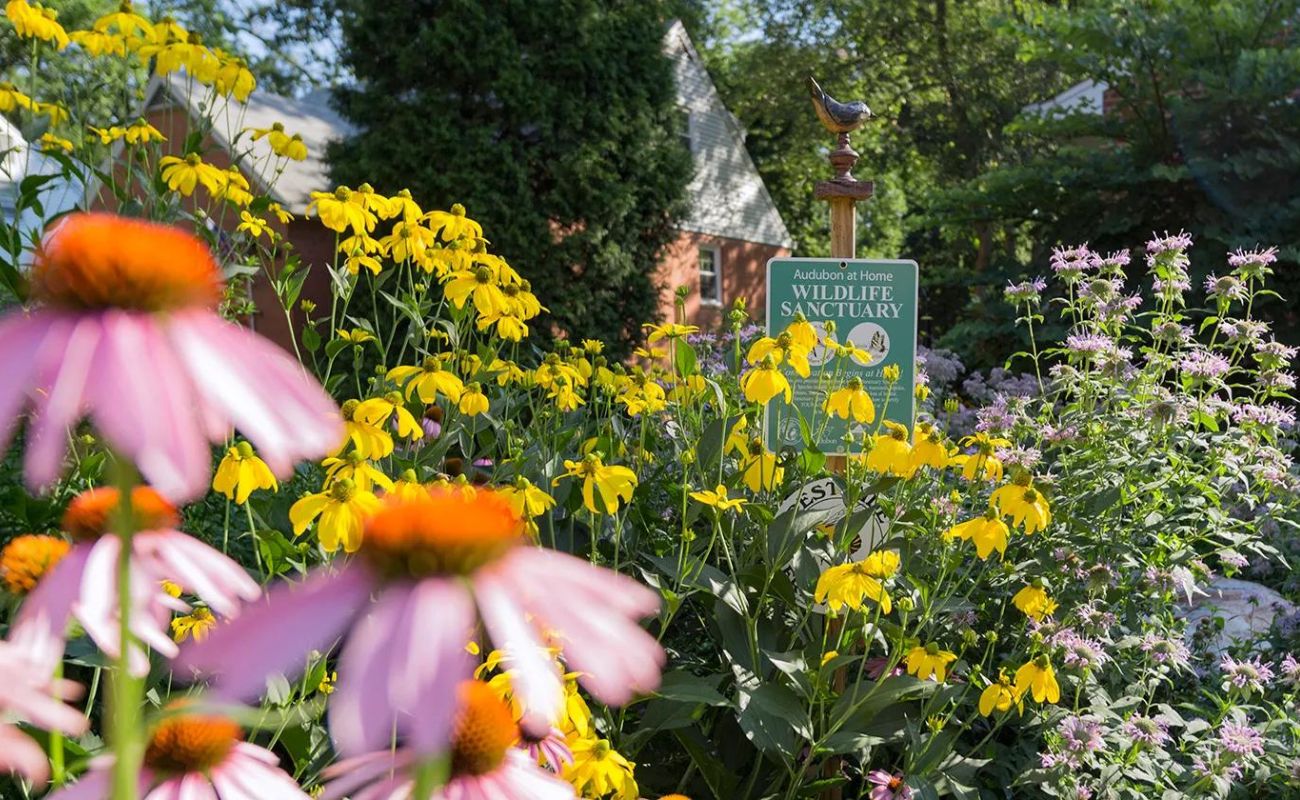
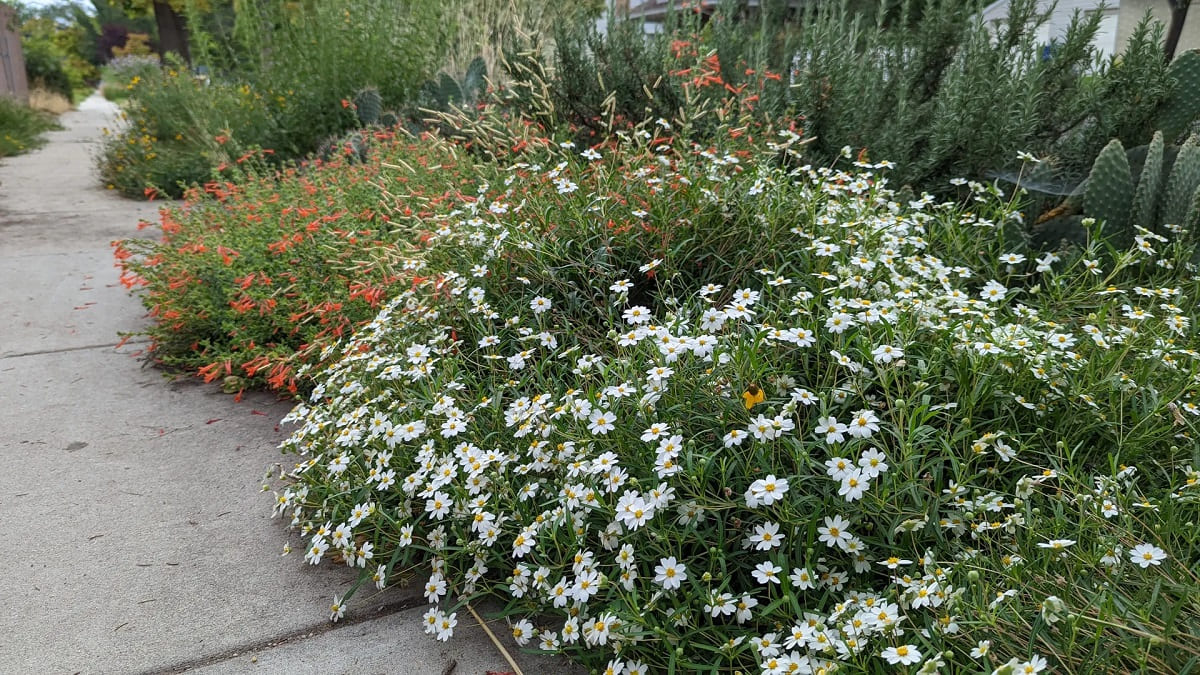
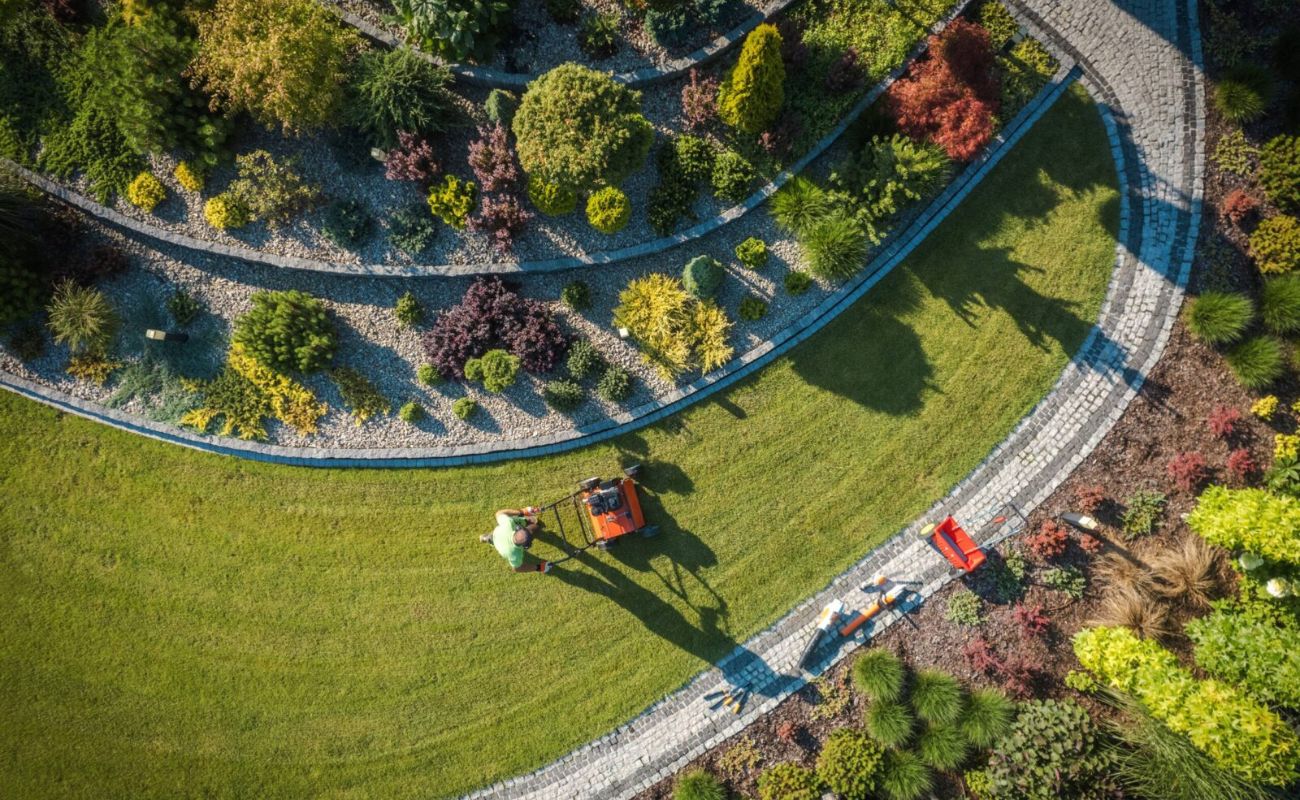
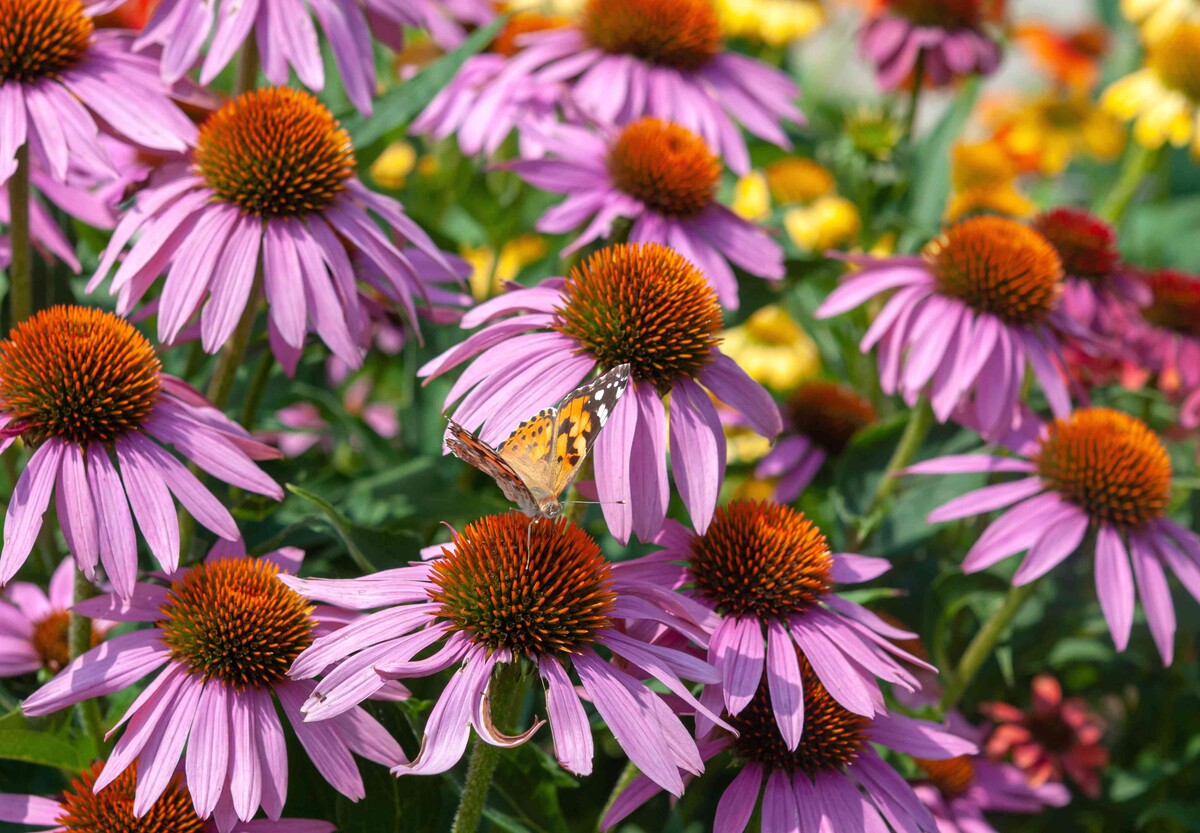
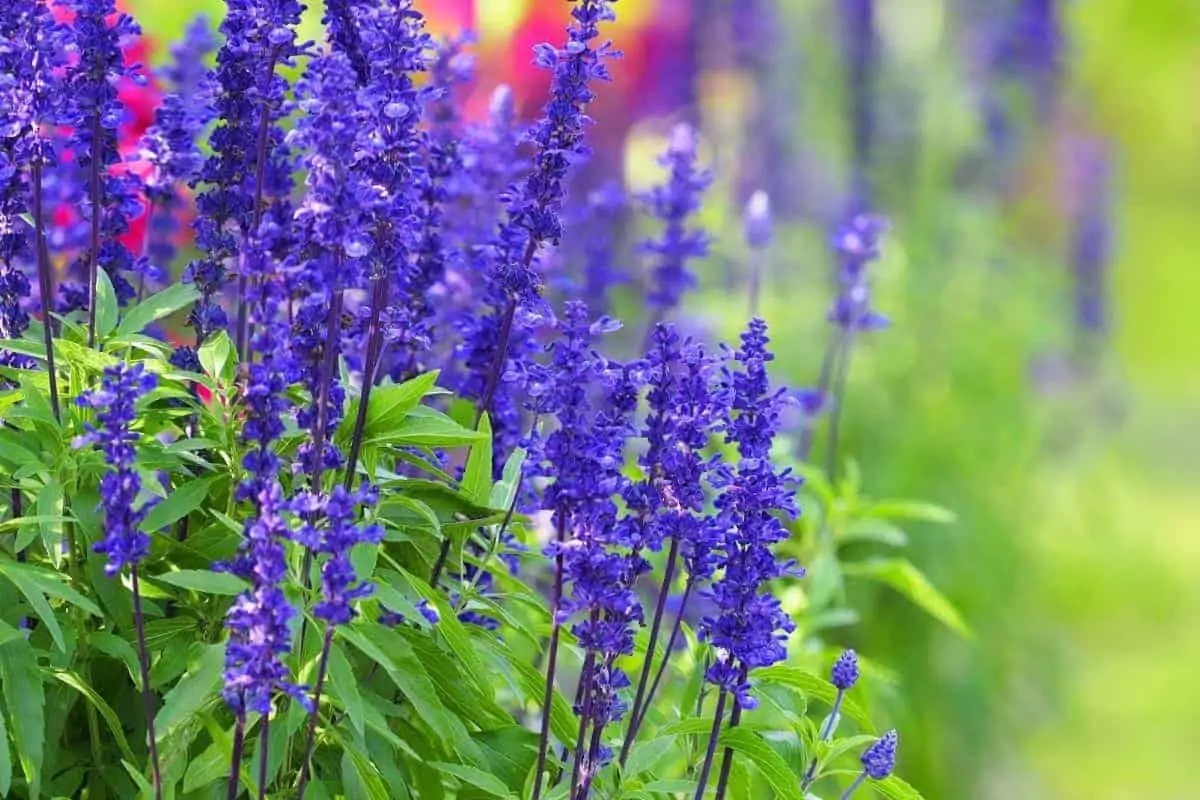
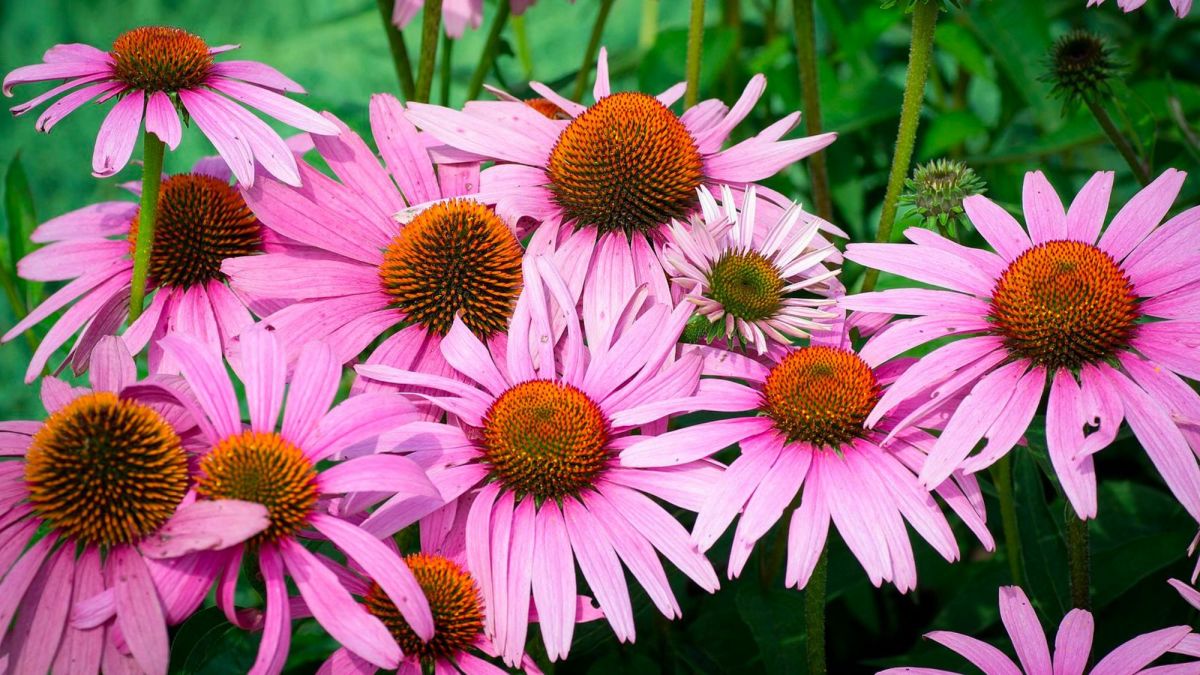
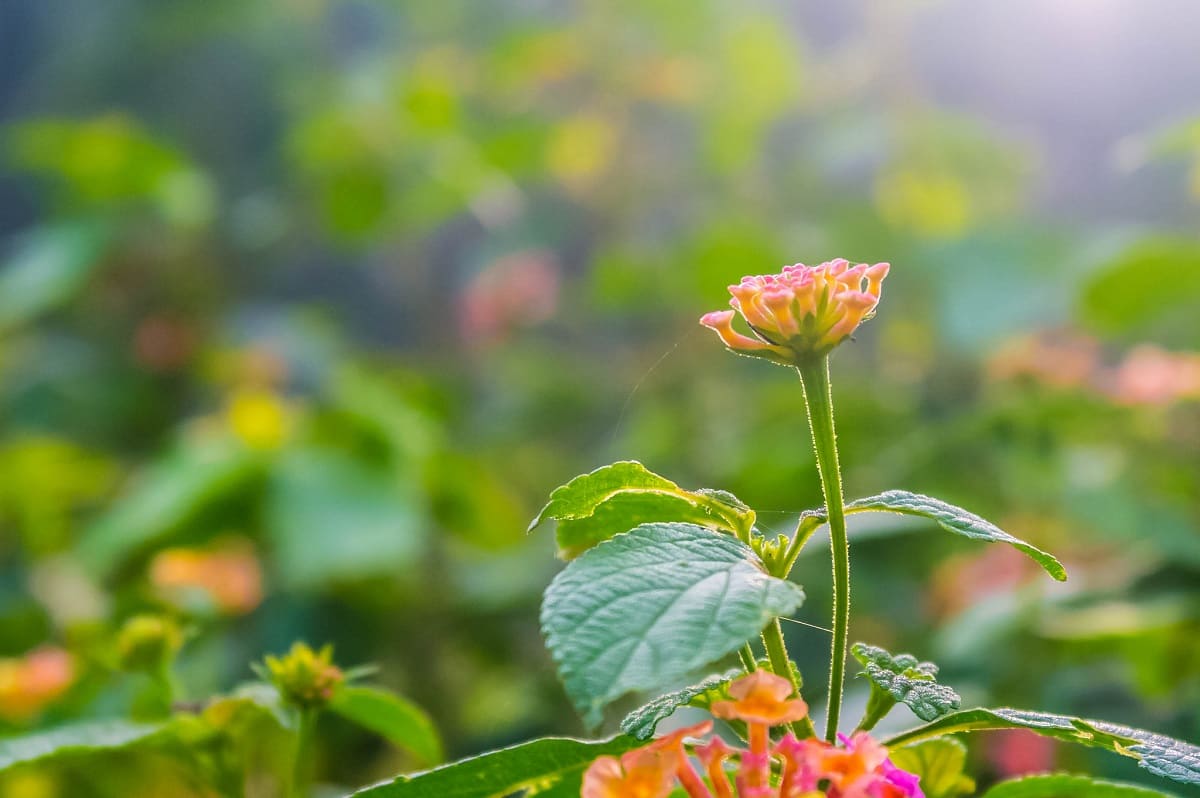


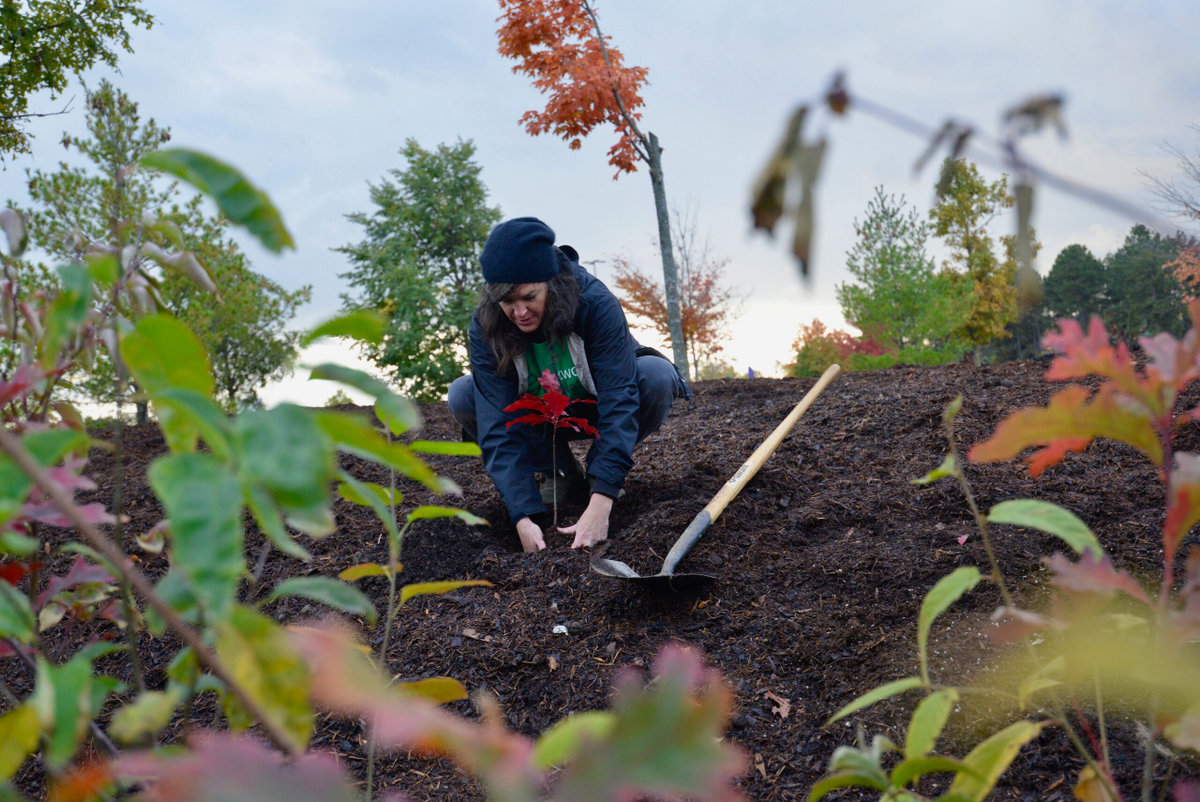
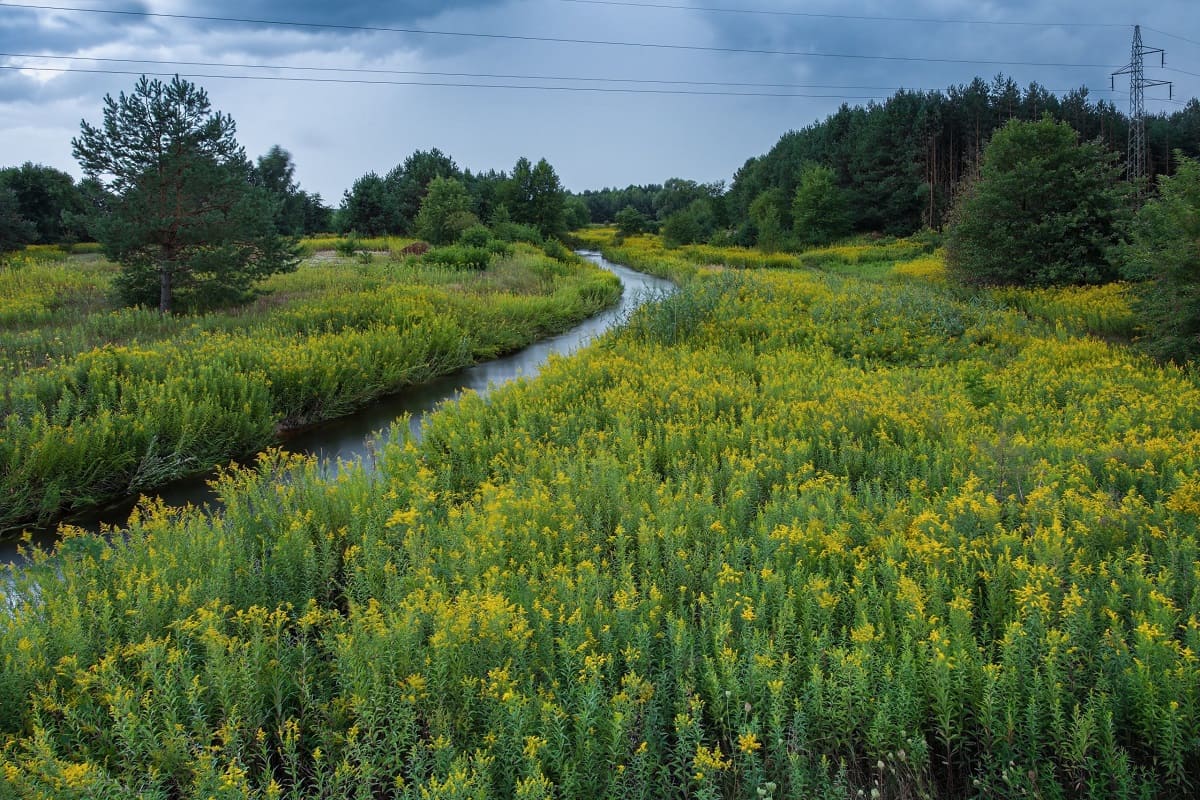

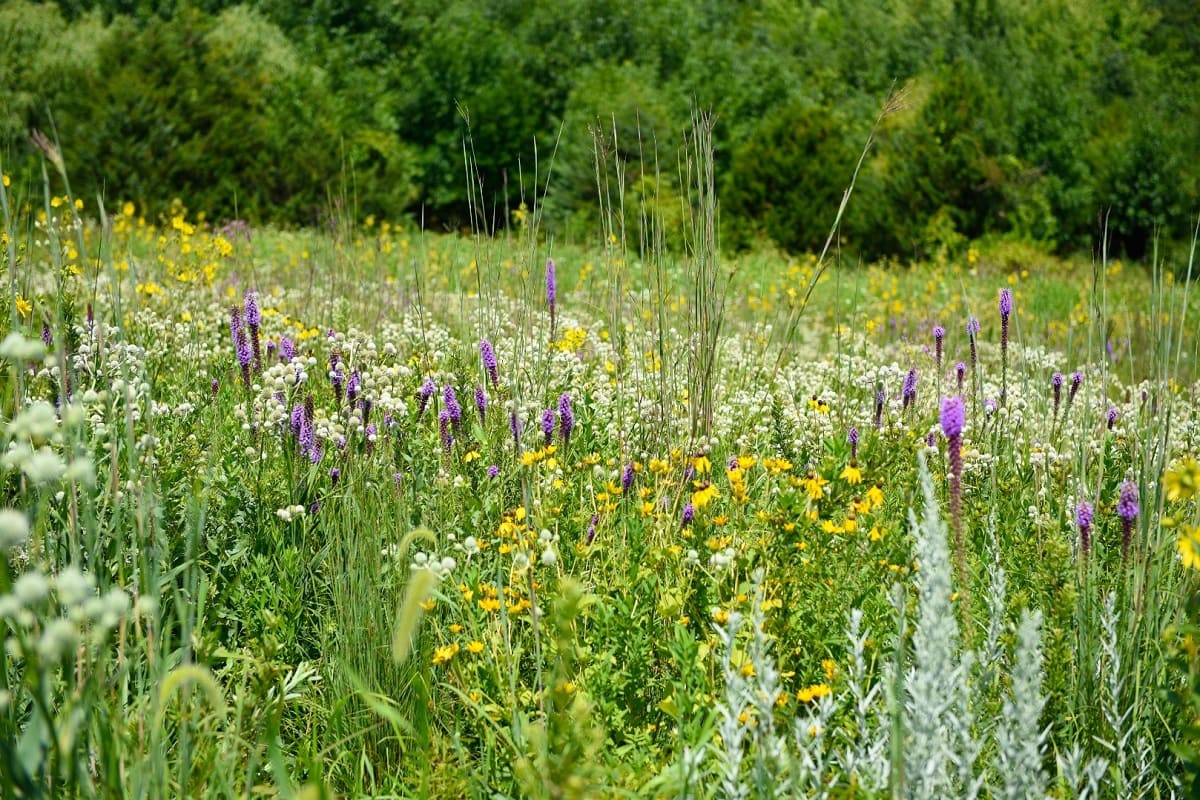

0 thoughts on “How Is Xeriscaping With Native Plants More Sustainable Than Traditional Landscaping”